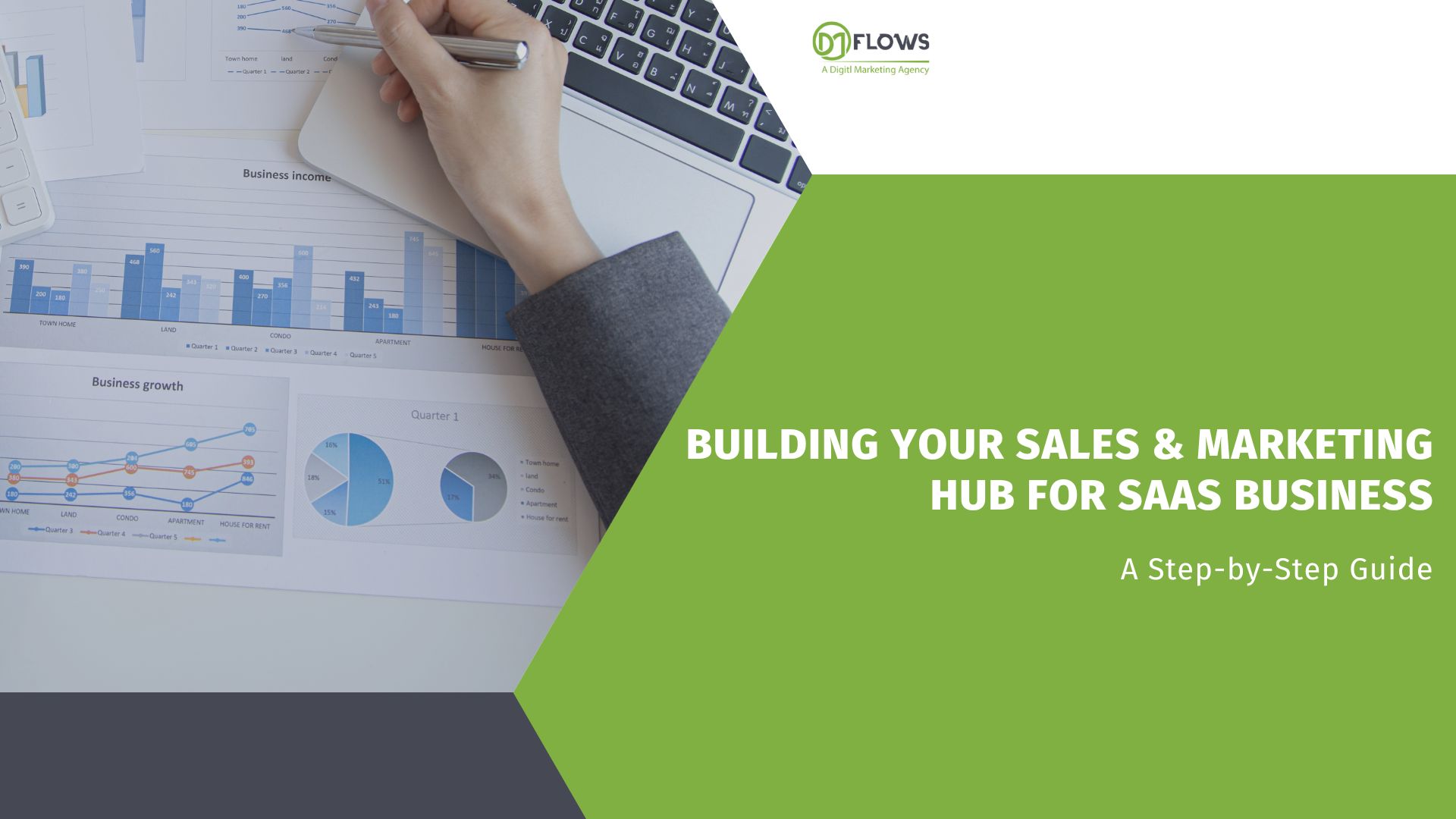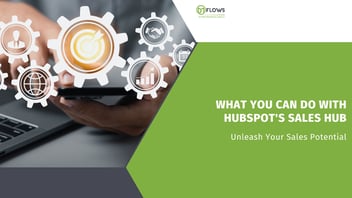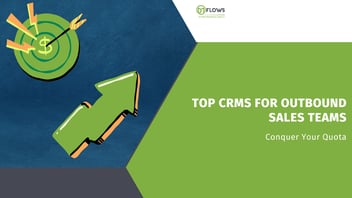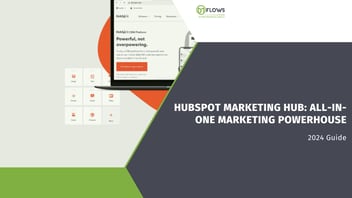Implementing Sales & Marketing hub For New SaaS Business

Congratulations! You've developed a revolutionary SaaS product, and now it's time to unleash it on the world. But before you hit the launch button, consider this: how will you attract potential customers and convert them into loyal users? Enter the dynamic duo of Sales & Marketing Hub, a powerful combination that can propel your SaaS business to success.
Marketing Hub Implementation For SaaS
This blog delves into the strategic implementation of a Sales & Marketing Hub for your brand new SaaS venture. We'll explore the key steps, highlight the benefits, and equip you with the knowledge to navigate this crucial phase.
Why a Sales & Marketing Hub for Your New SaaS?
Traditionally, sales and marketing operate in separate spheres. However, a Sales & Marketing Hub fosters a unified approach, offering a multitude of advantages:
- Streamlined Lead Generation: Attract qualified leads through targeted marketing campaigns managed within the Hub.
- Nurturing & Conversion: Automate email sequences, personalize content, and nurture leads into paying customers with ease.
- Data-Driven Decisions: Gain valuable insights into customer behavior and sales performance, allowing for strategic adjustments.
- Enhanced Collaboration: Break down silos between sales and marketing teams, fostering better communication and alignment.
- Scalability & Efficiency: Automate tasks, manage workflows, and optimize resources for a growing business.
Building Your Sales & Marketing Hub: A Step-by-Step Guide
Now that you understand the "why," let's explore the "how." Here's a roadmap to guide your successful Sales & Marketing Hub implementation:
Define Your Goals & Target Audience
-> What are your key performance indicators (KPIs)? (e.g., number of leads generated, conversion rates)
-> Who is your ideal customer? Create buyer personas to understand their needs and pain points.
Choose the Right Hub Platform
-> Several platforms offer Sales & Marketing Hub solutions, each with its strengths. Research and compare features based on your specific needs and budget. Popular options include HubSpot, Salesforce, and Zoho.
Data Migration & System Integration
-> If you're using existing CRM or marketing automation tools, consider data migration strategies to seamlessly integrate with the new Hub.
Hub Customization & Automation
-> Set up custom workflows, automated lead nurturing sequences, and personalized email campaigns tailored to your sales funnel.
Content Creation & Lead Magnet Development
-> Craft high-quality content (e.g., blog posts, eBooks, webinars) that resonates with your target audience and attracts leads. Create valuable lead magnets (e.g., white papers, templates) to incentivize lead capture.
Landing Page & Form Optimization
-> Design compelling landing pages that convert visitors into leads. Optimize forms for ease of use and maximize lead capture.
Sales Team Onboarding & Training
-> Equip your sales team with in-depth training on the Hub's functionalities. Foster a data-driven sales culture that leverages lead scoring and insightful sales analytics.
Marketing Automation & Social Media Integration
-> Leverage the Hub's automation capabilities to schedule social media posts, nurture leads with targeted email campaigns, and personalize customer journeys.

Optimizing Your Sales & Marketing Hub for Long-Term Success
Remember, a successful Sales & Marketing Hub implementation is an ongoing process. Here are some tips for continuous optimization:
Regular Reporting & Analysis
Schedule regular reporting to monitor key metrics like lead generation, conversion rates, and customer lifecycle stages. Analyze data to identify areas for improvement and adjust strategies accordingly.
A/B Testing
Test different content types, landing pages, email subject lines, and calls to action (CTAs) to identify what resonates best with your audience.
Lead Scoring & Segmentation
Implement lead scoring to prioritize leads based on their level of engagement and purchase intent. Segment your audience for targeted marketing campaigns.
Customer Relationship Management (CRM)
Utilize the Hub's CRM features to manage customer interactions, track deals, and provide exceptional customer service.
Continuous Learning & Improvement
Stay updated on the latest marketing trends and best practices. Explore new Hub features and constantly refine your strategies for optimal results.
Conclusion
By implementing a Sales & Marketing Hub strategically, you'll equip your new SaaS business with a powerful toolset for attracting leads, nurturing them into paying customers and fostering long-term brand loyalty. Remember, success hinges on a data-driven approach, continuous optimization, and a commitment to building a cohesive sales and marketing machine.
Recent Posts






